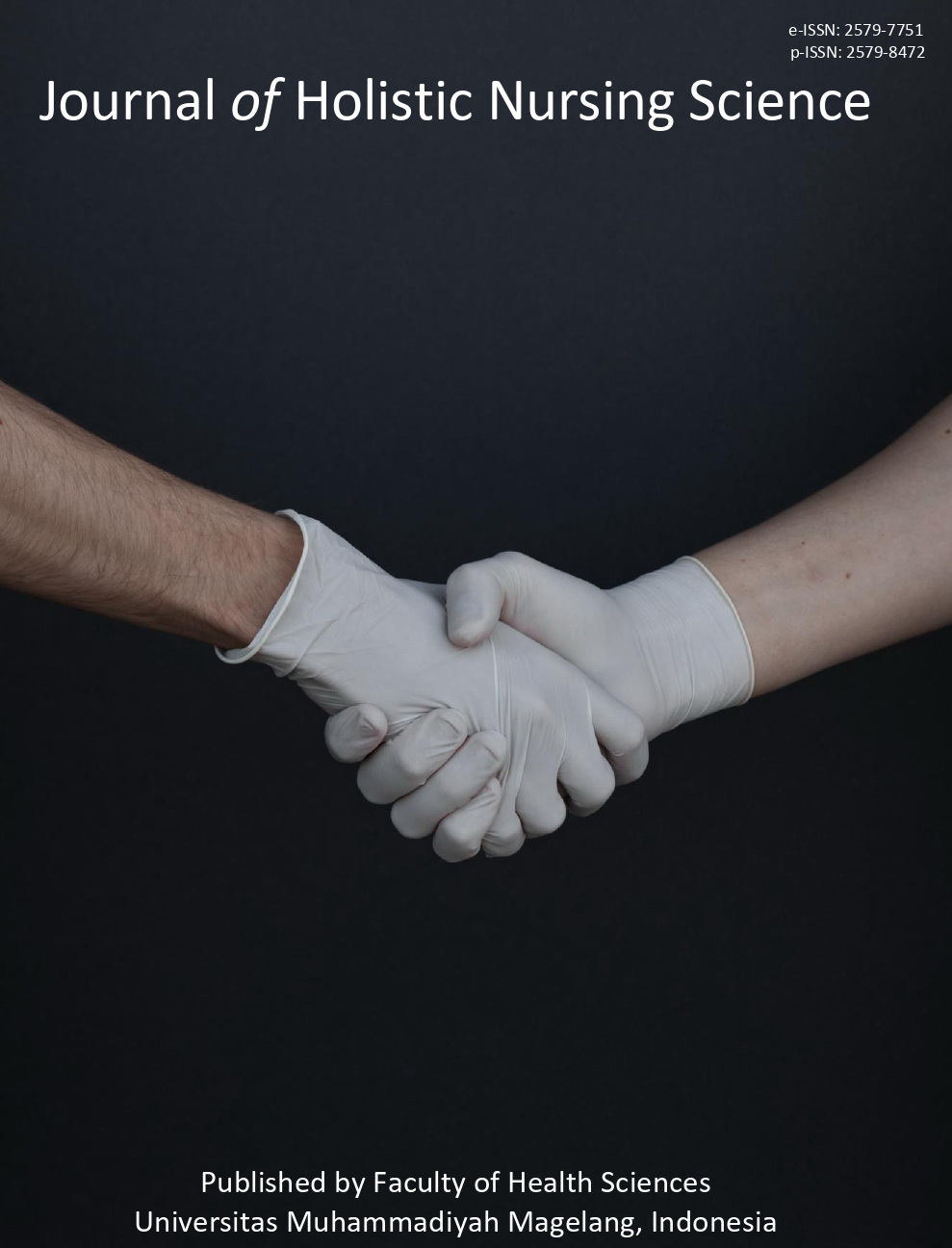Assessment the quality of life in patients with heart failure in Asia: A scoping review
Main Article Content
Abstract
The prevalence of heart failure is high. More than 23 million patients worldwide and is believed to continue to increase to 46% in 2030. In America, the prevalence of heart failure is around 6 million patients per year. Meanwhile, heart failure in Asia is the highest in the world. To identify instruments for assessing patients with heart failure that used in Asia. This is a scoping review that follows the methodology of Arksey and O'Malley. We use 6 databases, namely Proquest, PubMed, EBSCO, Science Direct, ClinicalKey For Nursing, and Garuda. Articles in English and Indonesian were published between 2015 and 2020. We also did additional searches that met the inclusion criteria. Based on duplication, 2037 articles were left, then 1981 articles were screened. Then, 56 full-text articles were selected in the eligibility criteria, and the last 29 articles were selected for the synthesis. A total of 6 instruments were identified. We discussed the method, domain, and duration of assessments. The selection of instruments needs to be adapted to the epidemiological characteristics of the population.
Keywords: quality of life; heart failure; scoping review; nursing care
Downloads
Article Details

This work is licensed under a Creative Commons Attribution 4.0 International License.
Authors who publish their articles in JHNS retain full copyright of their work. JHNS does not require authors to transfer their copyright to the journal or Universitas Muhammadiyah Magelang as the publisher. The authors grant JHNS a license for the first publication.
